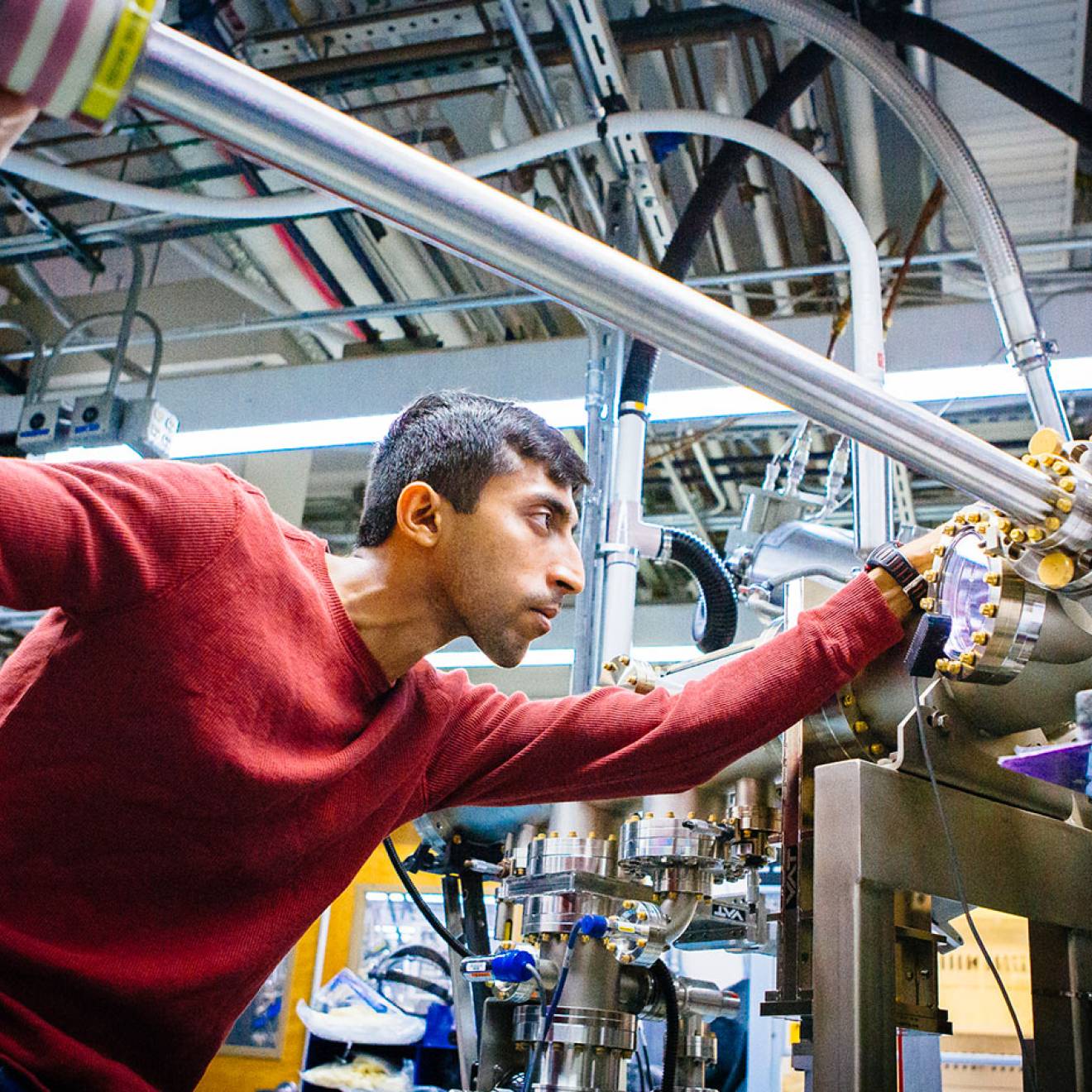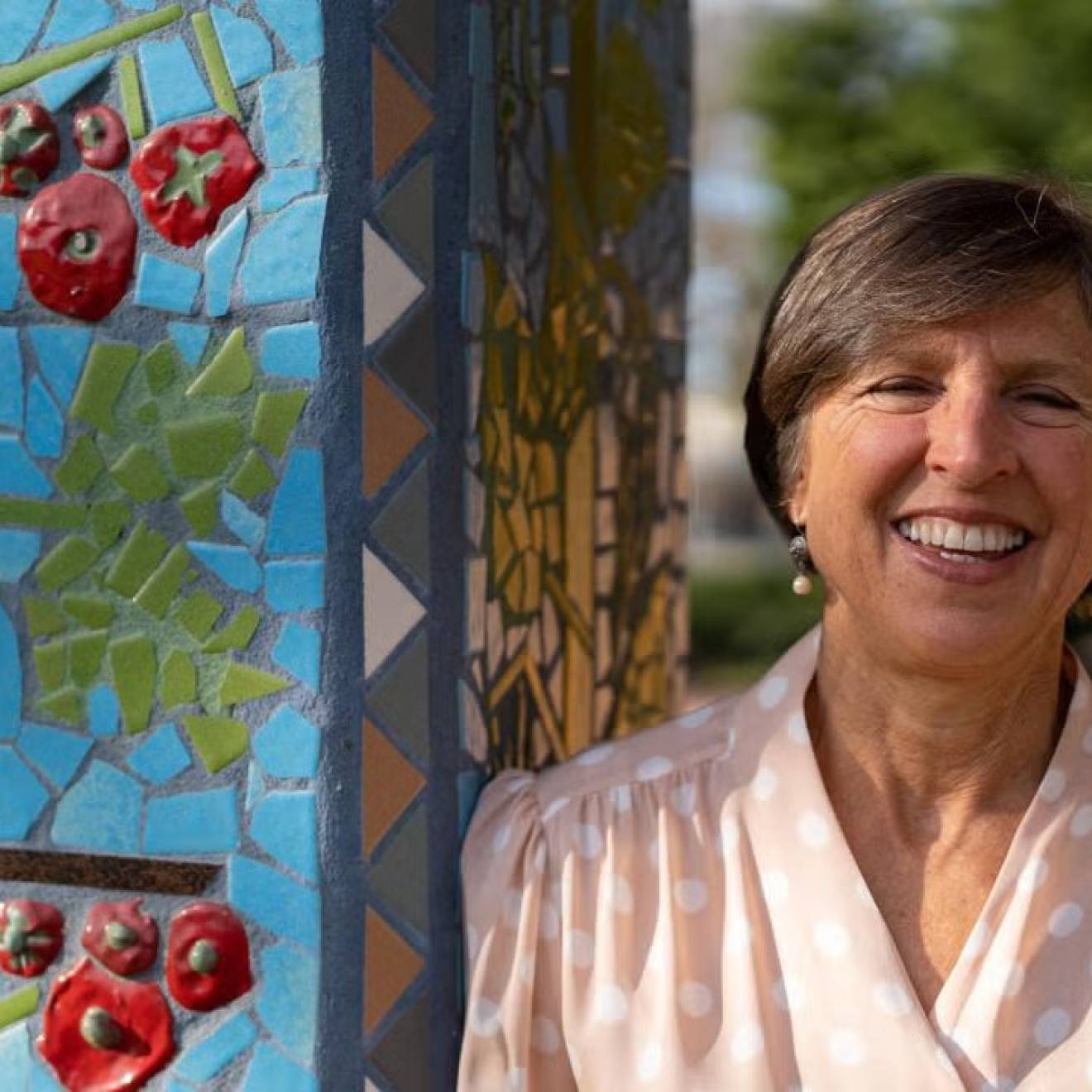Sonia Fernandez, UC Santa Barbara

For people who have been connected to the land it comes from for thousands of years, food is more than just a collection of calories and nutrients. For Native Americans, traditional staples can define their identity and represent their relationship to the earth, wind and sky.
This point, so often lost in an age when processed foods and foods traveling long distances are commonplace, was driven home in a symposium on native food ways, biocolonialism and environmentalism. The conference at UC Santa Barbara was the first of its kind, and brought together scholars and students who approached the topic of food and indigenous culture from different perspectives. The symposium was sponsored by the American Indian & Indigenous Collective (AIIC) Research Focus Group at UCSB.
“Everything is interconnected,” said keynote speaker Andrea McComb Sanchez, an assistant professor at the University of Arizona and UCSB alumna.
She gave a talk on religious traditions and community health among the Tohono O’odham, the “desert people” in central and southwestern Arizona. The tepary bean, she noted, whose seeds and fruit are particularly suited for the dry and mostly rainless climate of the American Southwest, represents one of those connections. Not only can they be farmed in abundance in arid conditions, the bean provides the kind of nutrition beneficial to people who are at risk of diabetes when given the typical mainstream American diet. The staple also figures prominently in Tohono O’odham culture, as part of traditional knowledge and as a symbol of the native people’s long coexistence with their environment.
The symposium featured many presentations, including some from graduate and undergraduate students, who discussed food practices by indigenous peoples in the Americas and the many roles of native food: as a vessel for community building; its production as an exalted purpose in society; as medicine; and as a vehicle for social and environmental justice. The food often gives its consumers a means of identifying themselves while also indicating where they live and implying associated information such as what resources are abundant and other characteristics of the terrain.
So when this deep connection is threatened, as is the case when indigenous peoples are removed from their home lands, when new foods and practices are introduced that replace important elements of the original diet, or in the genetic engineering of crops, serious problems can arise. And the problems have the potential to affect both those within the culture and the population in general.
“Our relationship to food is not just a relationship of sustenance,” said Debra Harry, the symposium’s second keynote speaker, an adjunct faculty member at the University of Nevada at Reno, and executive director of the Indigenous Peoples Council on Biocolonialism.
Biocolonialism — a concept that describes how the use of science and technology may adversely impact and result in exploitation of native populations — is an issue that, she said, not only impacts the food native people eat, but also disempowers them on a societal level, and even has deleterious effects commercially.
“For indigenous peoples, the context is the ongoing process of colonization,” Harry said.
The underpinnings of such an approach, according to her, are rooted in an assumption that indigenous people are inferior, and that everything that is part of their cultural heritage — from beliefs to territories — can be appropriated for mainstream and often commercial use, without consultation. Such a problem must be addressed by the affected people, with an approach that comes from the perspective of those within the culture itself, she explained.
To that point, the symposium also featured a section on indigenous responses, with presentations on environmental preservation and resource management from indigenous and earth-based frames of reference.
The symposium also served as a venue for discovery for a few prospective students, including high schoolers currently attending Sherman Indian High School, a boarding school in Riverside that focuses on the needs of Native American students. They were invited to the symposium to get a taste of what UCSB would have to offer them, followed by a campus tour.
“It’s been really exciting,” said Margaret McMurtrey, co-convenor of the AIIC and one of the event’s organizers, “for those of us on campus that are native, native allies or indigenous in some way, to connect.”

